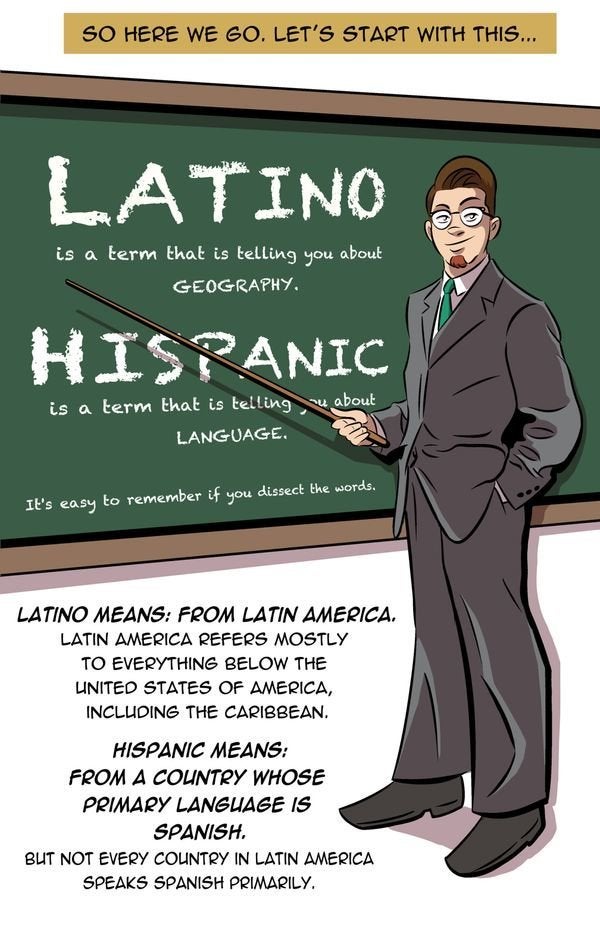Well, it finally happened.
After about ten movies (counting two Doctor Who episodes at the cinema) I have finally watched a film that had no black people.
The 33 is the story of the 2010 Chilean mining disaster. Remember that? It made for pretty gripping television. Then I sort of forgot about it. Then they made a movie. And you know what? The movie was pretty good.
The fact that it’s a disaster movie notwithstanding, there is enough real-life drama in the story that kept the film version interesting, from ethnic and national tensions to infidelity.
If my review seems boring, sorry. It was a good movie, but because it was based on real life and *spoilers* nobody died, it was hard to be deeply invested in the story. It’s worth seeing, but perhaps only once.
There are two other things about this movie that I wanted to talk about, and both things are about the idea of race.
The point of my reviews is to further the discussion about black representation in media. I am black, I love being black, and I think everyone wins when more black people are represented in media. So what happens when I see a film about non-black people of color who are also not Americans?
Of course I didn’t expect to see black people in The 33. I was expecting to see Latinos. But then I had to ask myself “Are Chileans even really Latinos, or is being Latino an American thing?”
So first, I went to good ole Wikipedia and got thoroughly confused. I hadn’t seen the word “mestizo” since I was in high school–possibly junior high school. But then I remembered this wonderful comic by Terry Blas:

Too simplistic? Maybe, but for the purposes of this blog, perfect starting point.
So yes, I was seeing a film about Latinos and Hispanics, as defined by Terry Blas, and a film about people of color, as defined by me in this particular moment (even if one or any of the miners identified as “white”–whatever that means to Chileans). Chile has a tiny Afro-Chilean population, and it seems like the nation’s blackness is really on the genetic level after generations of intermixing during and since the transatlantic slave trade.
A film about modern Chile with black characters is going to be unlikely. So it seems. Still, it makes me wonder what their stories are and who will tell them. They are my people, after all.
At any rate, even though I had not seen a film with black people, I was happy that a Latino film had been made with an all Latino cast.
But wait…the second thing about race that I wanted to mention about The 33 is that I was reminded that all of the actors were not Latino. I really thought they were. But that cot damn Lou Diamond Phillips strikes again!
Truth moment? I’ve had a crush on Lou Diamond Phillips ever since Stand and Deliver. And his appearance in The King and I sent me over the edge.
But I had to remember: Lou Diamond Phillips is not Latino!
So I dug deeper and found the receipts: He’s multiracial with Asian and European ancestry. Jezebel had a great essay about not only his ancestry, but why he is beloved among Latinos. I enjoyed it, check it out. He’s not really passing, per se, and Hollywood hasn’t really whitewashed this story just because they casted him. According to this essay, and among Latinos I know, Lou gets a lifetime pass. I suppose it helps that he’s never played a stereotypical Latino role (that I know of).
He’s not the only one in this film who is not Latino, though. Naomi Scott is white and South Asian. Gabriel Byrne is Irish. Bob Gunton is white–I think. And Juliette Binoche is mainly white. Wikipedia says she’s like one-sixteenth Brazilian. But since many Chileans do identify as white, I still don’t think this is a case of whitewashing a film. (But it stands to reason that a greater conversation of global whiteness should be happening. What does whiteness actually mean in Chile versus what it means here?)
Thinking about what it means to be Latino outside of the United States, thinking about race globally rather than domestically, and considering how Lou Diamond Phillips (a man of color) can find a niche portraying Latino characters much of the time…all those things were byproducts of watching The 33, which is a lot more than I expected to take away from it. I will be continuing these conversations and expanding what I think about race, while still advocating for more blackness on the silver screen.
Note: When I originally published this piece, I did not know that Antonio Banderas was not Latino, either. This changes everything.